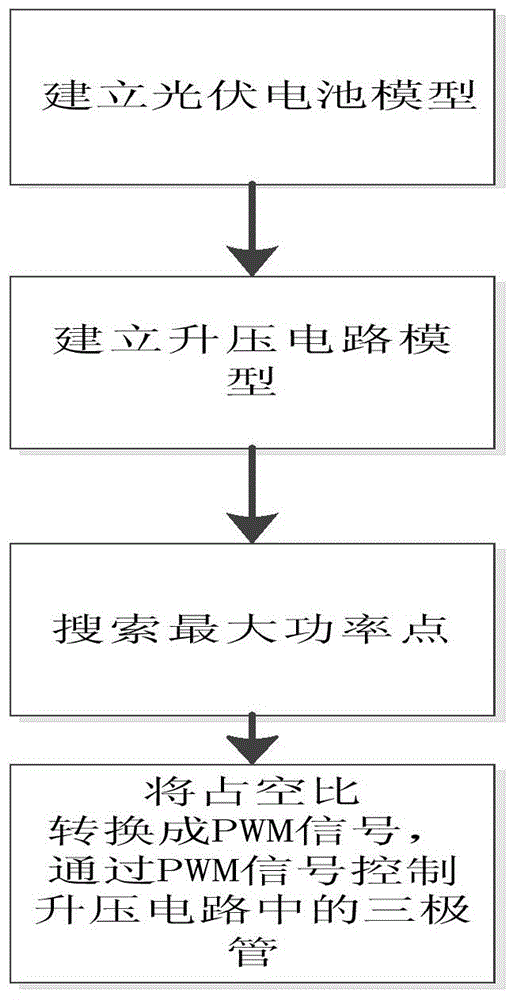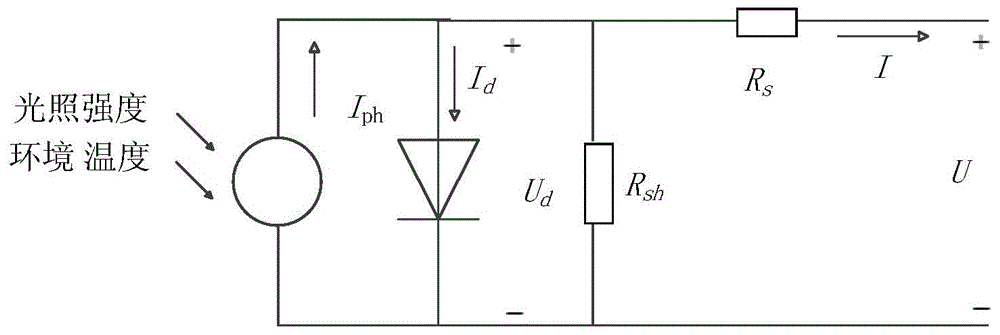Maximum power point tracking method of self-adaption variable step sizes with saturation constraint
A maximum power point, self-adaptive technology, applied to the support structure of photovoltaic modules, photovoltaic power generation, photovoltaic modules, etc., can solve the problems that the processor cannot adapt to the requirements, oscillation, and the difficulty in selecting the step size and threshold of the conductance incremental method
- Summary
- Abstract
- Description
- Claims
- Application Information
AI Technical Summary
Problems solved by technology
Method used
Image
Examples
Embodiment Construction
[0053] The present invention will be further described below in conjunction with the accompanying drawings. The following examples are only used to illustrate the technical solution of the present invention more clearly, but not to limit the protection scope of the present invention.
[0054] In order to verify the method described in the present invention, according to figure 1 As shown, the photovoltaic system is designed, and the photovoltaic system is composed of photovoltaic cells, booster circuits (ie, DC-DC circuits) and loads.
[0055] Such as figure 2 As shown, an adaptive maximum power point tracking method with a saturation limit, including the following steps:
[0056] Step 1: Build a photovoltaic cell model.
[0057] according to image 3 The single diode equivalent circuit of the photovoltaic cell shown shows that the instantaneous output current of the photovoltaic cell is,
[0058] I = I p ...
PUM
 Login to View More
Login to View More Abstract
Description
Claims
Application Information
 Login to View More
Login to View More - R&D
- Intellectual Property
- Life Sciences
- Materials
- Tech Scout
- Unparalleled Data Quality
- Higher Quality Content
- 60% Fewer Hallucinations
Browse by: Latest US Patents, China's latest patents, Technical Efficacy Thesaurus, Application Domain, Technology Topic, Popular Technical Reports.
© 2025 PatSnap. All rights reserved.Legal|Privacy policy|Modern Slavery Act Transparency Statement|Sitemap|About US| Contact US: help@patsnap.com



